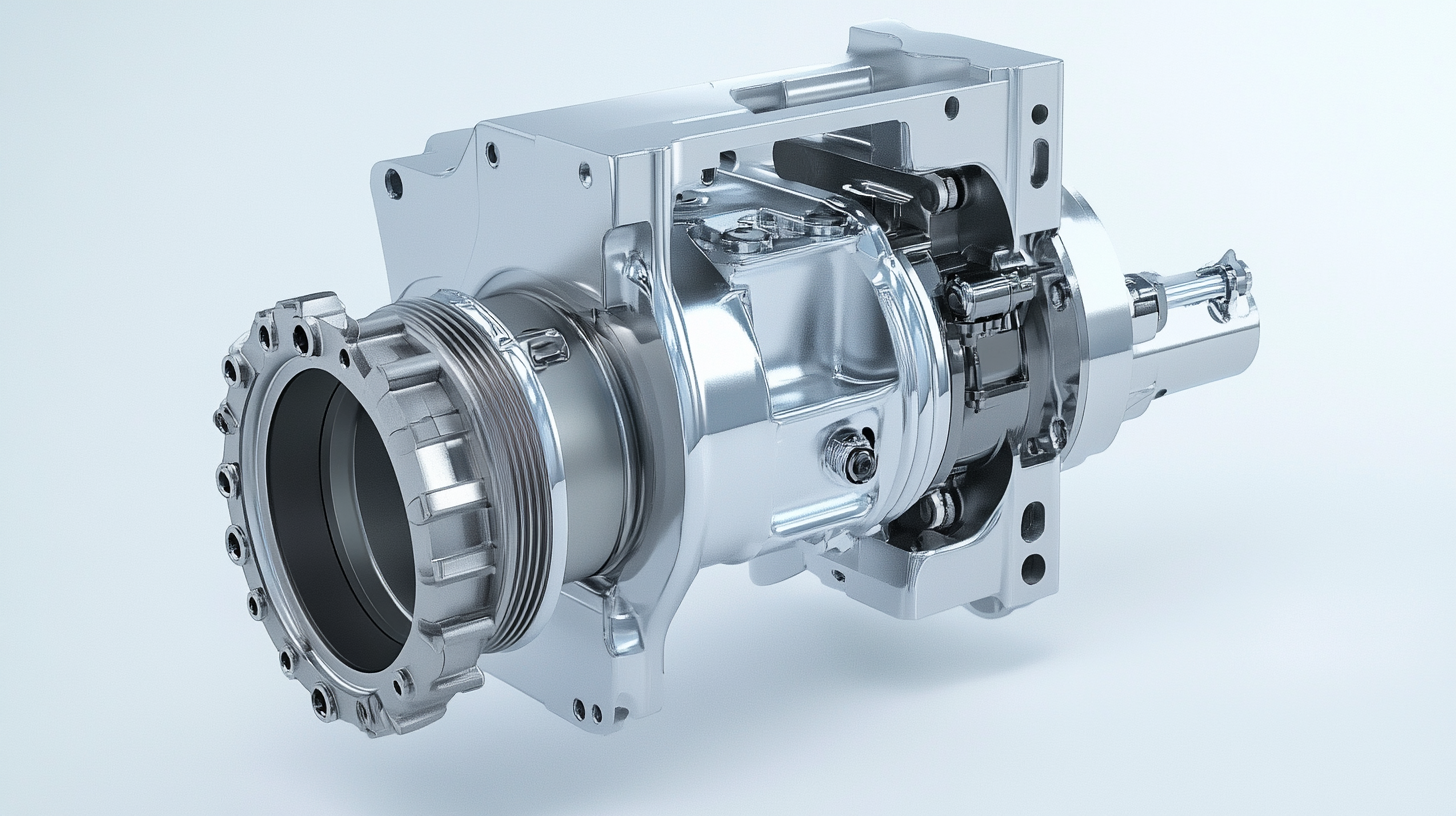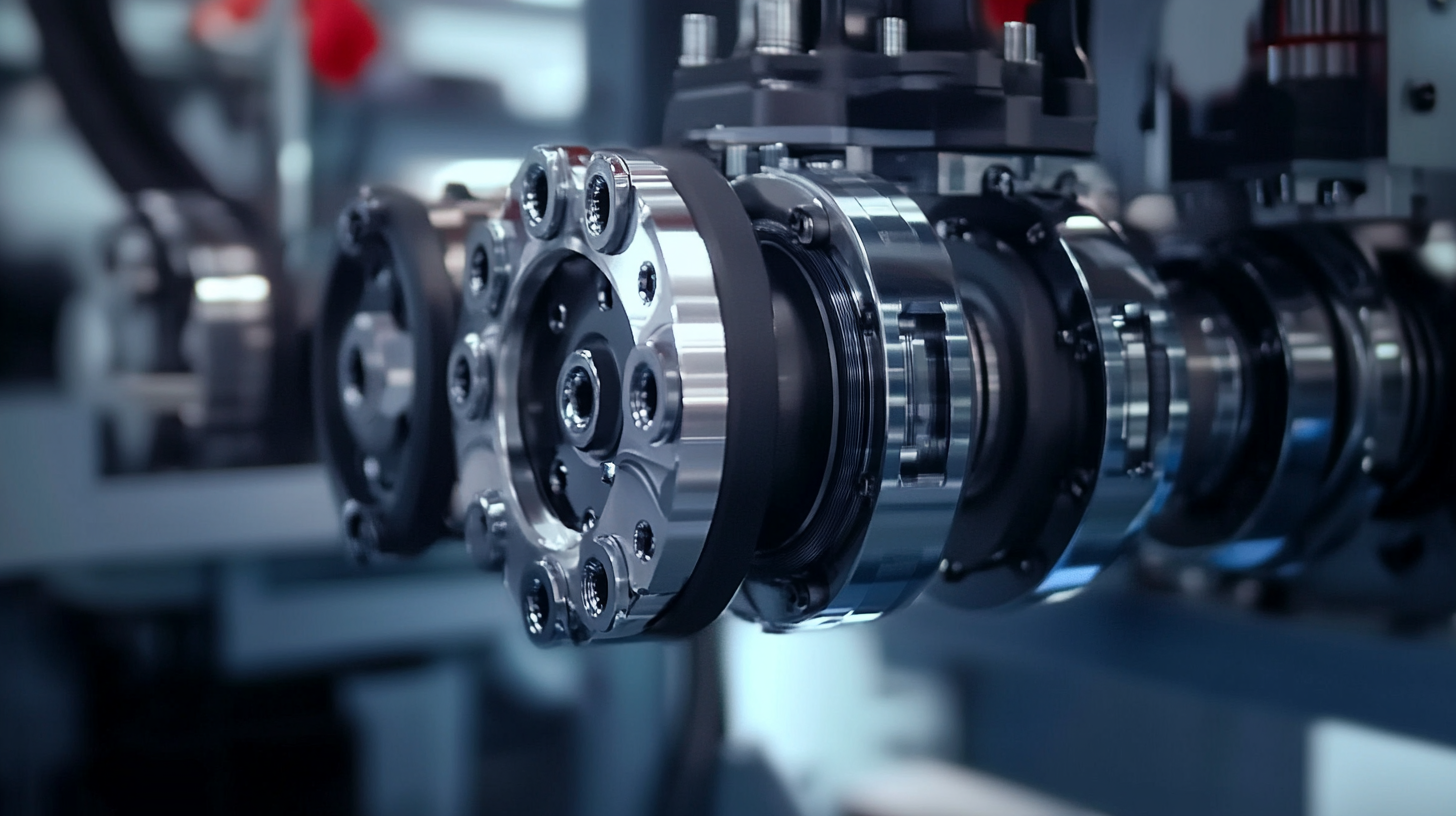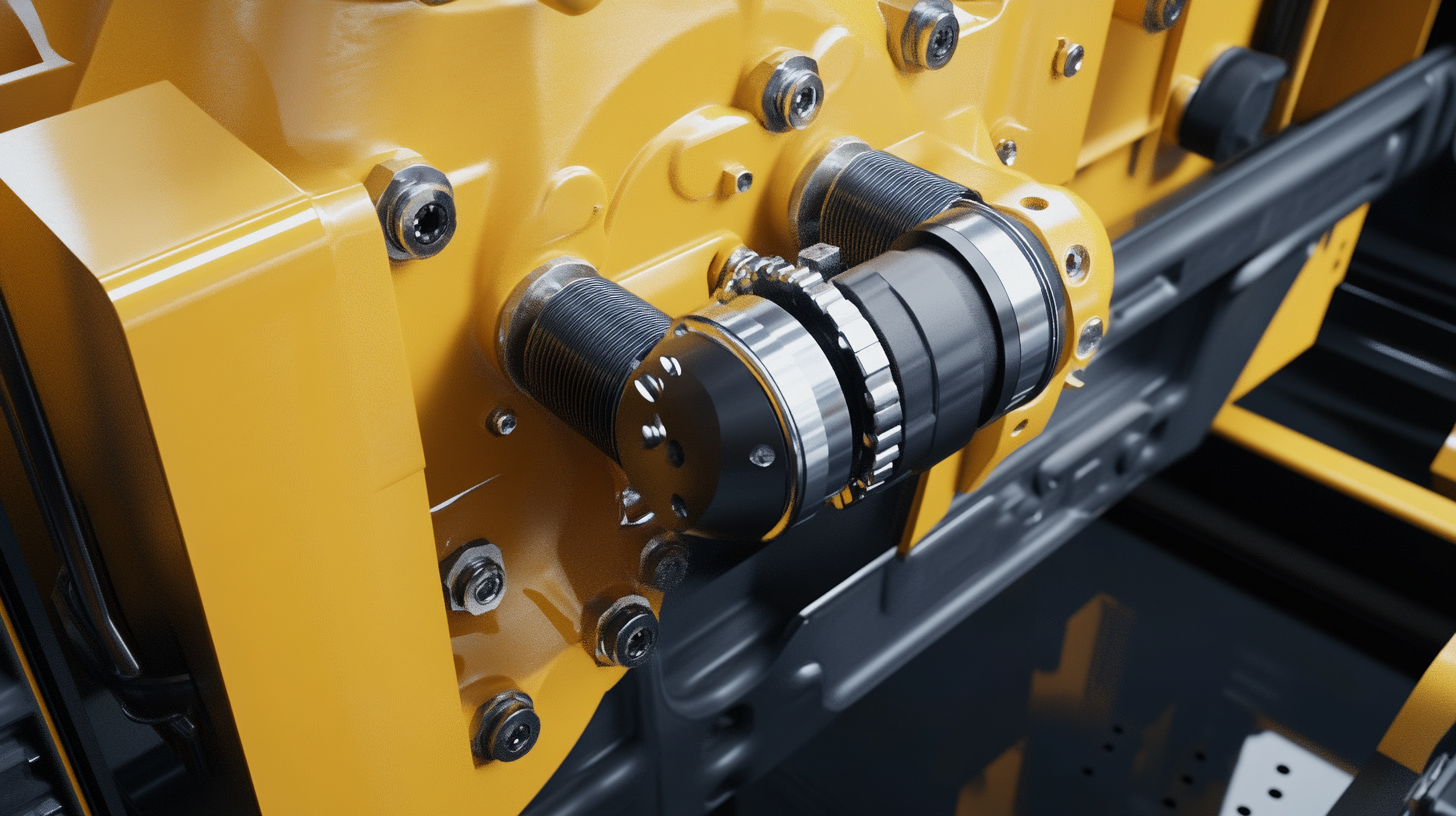- Our Products
- Repairs & Service
- Custom Design
- Blog
- About Us
- Resources
- Industries
- Contact Us
- Contact Bestrei UK
- Compliments / Complaints
- Global Supply
The global hydraulic gear market is witnessing significant growth, driven by the increasing demand across various industries including construction, agriculture, and manufacturing. According to a recent report by Market Research Future, the hydraulic gear market is projected to expand at a CAGR of 5.6% from 2021 to 2028, fueled by the rising need for efficient power transmission systems. As businesses shift their focus towards more sustainable and high-performance machinery, sourcing quality hydraulic gear has become imperative. The need for reliable components that can withstand high-pressure demands and ensure operational efficiency is more critical than ever. In this blog, we will explore top strategies for sourcing high-quality hydraulic gear tailored for global markets, helping businesses navigate the complexities of procurement in an increasingly competitive landscape.

When sourcing quality hydraulic gear for global markets, assessing suppliers effectively is crucial. Key metrics to evaluate include financial stability, experience in the industry, and adherence to international quality standards. A supplier's financial health can provide insights into their ability to fulfill large orders and maintain consistent production, which is essential given the projected growth in related markets like lubricants and hydraulic pumps.
Additionally, consider the technological advancements that suppliers employ in their manufacturing processes. For instance, those using cutting-edge technology may offer more efficient and reliable products, addressing the increasing demand for high-performance hydraulic systems. It's also vital to evaluate customer feedback and case studies, as they provide real-world insights into a supplier’s reliability and service quality.
To ensure a successful partnership, draft clear contracts that outline quality expectations, delivery timelines, and after-sales support. This proactive approach not only mitigates risks but also fosters a collaborative relationship that can adapt to the evolving market needs.
In the global hydraulic gear market, adhering to quality standards is crucial for ensuring performance, safety, and longevity. The International Organization for Standardization (ISO) offers a comprehensive framework with standards such as ISO 9001, which focuses on quality management systems, and ISO 4406, which pertains to the cleanliness of hydraulic fluids. According to a 2023 report by the Market Research Future, nearly 70% of manufacturers reported that compliance with ISO standards significantly reduces operational failures and enhances customer satisfaction.
Moreover, industry certifications further validate the quality of hydraulic components. Certifications such as the American National Standards Institute (ANSI) and the Society of Automotive Engineers (SAE) ensure that products meet stringent safety and performance criteria. A study by Technavio indicates that companies implementing these certifications see an average increase of 12% in market share due to improved consumer trust and reduced warranty claims. Understanding and leveraging these quality standards not only helps manufacturers cater to global markets more effectively but also promotes sustainable practices and innovation in hydraulic gear production.
This chart illustrates the percentage of various quality certifications that impact the sourcing of hydraulic gear. Understanding these standards is essential for businesses operating in global markets.
In today's global marketplace, advanced technology plays a pivotal role in enhancing the sourcing of quality hydraulic gear. With the integration of cutting-edge technologies such as Artificial Intelligence (AI) and machine learning, manufacturers can analyze market trends and consumer demands more effectively. These technologies enable companies to predict potential supply chain disruptions, ensuring that they maintain a steady flow of high-quality hydraulic components.
Moreover, advanced software solutions facilitate more efficient communication between suppliers and manufacturers across different regions. Utilizing platforms that leverage blockchain technology can increase transparency and traceability in the sourcing process. This not only helps in verifying the quality of the hydraulic gear but also builds trust among partners. The implementation of these technological advancements significantly reduces lead times and minimizes risks associated with sourcing, ultimately boosting efficiency and competitiveness in the global market.

In the competitive landscape of hydraulic gear procurement, businesses must strike a delicate balance between cost and quality. A data-driven approach is vital, enabling companies to assess the true value of hydraulic gear rather than merely its price. By utilizing advanced analytics, organizations can evaluate supplier performance, material durability, and long-term operational efficiency, allowing them to make informed decisions that support both budget constraints and quality standards.
Furthermore, similar to the rising consumer preference for sustainable clothing, manufacturers and procurement specialists are increasingly aware of the importance of perceived quality related to hydraulic gear. As businesses incorporate more sustainable practices and materials into their production processes, they can enhance the perceived value of their products. This shift not only aligns with global sustainability goals but also improves customer purchase intention and loyalty. By prioritizing quality and sustainability, companies can differentiate themselves in global markets, driving growth while fostering environmentally responsible practices.
The global hydraulic gear market is witnessing significant trends that present both opportunities and challenges. Growing industrialization and the rise in demand for efficient machinery are driving the sourcing landscape for hydraulic gear. Notably, the shift towards sustainability is prompting manufacturers to innovate and adopt eco-friendly practices, enhancing their competitive edge in global markets.
Tips for sourcing quality hydraulic gear include conducting thorough supplier evaluations and focusing on partnerships with manufacturers that prioritize advanced technology and sustainable practices. Additionally, staying updated on market trends can help identify emerging technologies that may alter sourcing strategies.
Another vital aspect is understanding regional market dynamics. As various regions experience differing rates of industrial growth, companies should tailor their sourcing strategies to meet local demands effectively. This localized approach not only boosts the relevance of hydraulic gear offerings but also strengthens supplier relationships in diverse markets.

Bestrei UK has a strong footprint across Europe
United Kingdom, Ireland, France, Germany, Norway, Finland Sweden, Spain, Italy